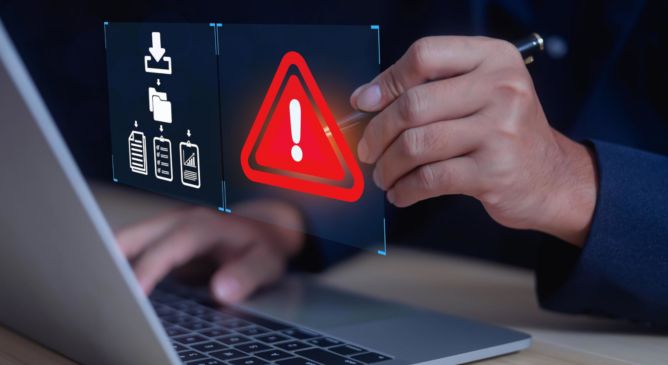

Black Basta and Cactus Ransomware Groups Add BackConnect Malware to Their Arsenal
In this blog entry, we discuss how the Black Basta and Cactus ransomware groups utilised the BackConnect malware to maintain persistent control and exfiltrate sensitive data from compromised machines.














